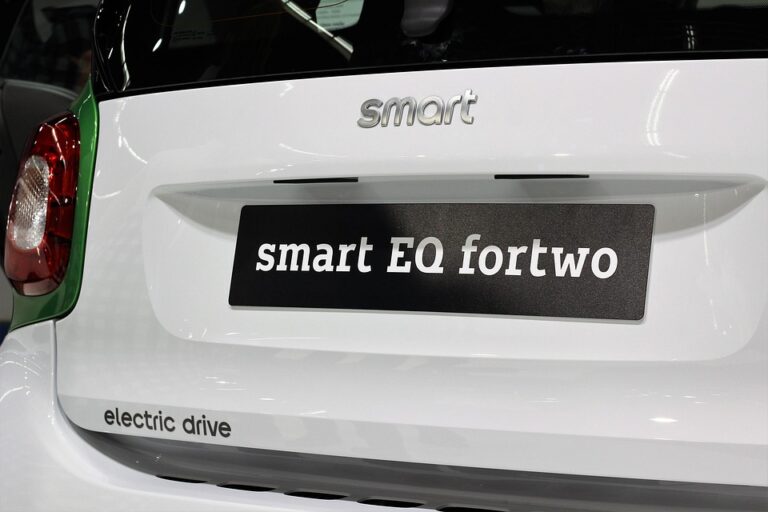The Global Perspective: Comparing Vehicle Emissions Regulations Across Countries
Meta Description: Explore how vehicle emissions regulations vary worldwide, examining standards in the US, EU, China, and beyond to understand their impact on the automotive industry.
In an age where environmental consciousness is paramount, the automotive industry faces intense scrutiny regarding vehicle emissions. Different countries implement various regulations to mitigate air pollution and combat climate change. By comparing vehicle emissions regulations across the globe—specifically in the United States, the European Union, and China—we gain valuable insights into how these policies shape the automotive landscape.
Understanding Vehicle Emissions Regulations
Vehicle emissions regulations are policies designed to limit the amount of pollutants released from automobiles. These standards focus on various harmful substances, including nitrogen oxides (NOx), carbon monoxide (CO), and particulate matter (PM).
Many countries have adopted stringent emissions standards to enhance air quality and encourage manufacturers to innovate towards cleaner technologies.
United States: A Dynamic Landscape
In the United States, vehicle emissions regulations are primarily enforced by the Environmental Protection Agency (EPA). Known for the Corporate Average Fuel Economy (CAFE) standards and the Clean Air Act, the U.S. has seen a patchwork of regulations that can differ by state.
California’s Influence
California often leads the charge, with its own stricter regulations. The state’s Clean Air Resources Board (CARB) implements unique standards that frequently set the benchmark for other states. The recent push for all new vehicles to be zero-emission by 2035 has set a precedent that other states may follow.
- Key Regulations:
- CAFE Standards: Require automakers to improve average fuel economy across their fleets.
- Tier 3 Vehicle Emissions Standards: Mandate reduced tailpipe emissions and enhance fuel quality.
Federal vs. State Regulations
The debate around federal versus state regulations has gained traction, especially concerning vehicle emissions. The Biden administration aims to restore more rigorous emissions standards after previous rollbacks, intending to reach 50% electric vehicle (EV) sales by 2030.
European Union: A Unified Approach
The European Union has established some of the world’s most stringent vehicle emissions regulations, with a strong emphasis on reducing carbon emissions.
The Euro Standards
EU regulations are encapsulated in the Euro emissions standards, which dictate the allowable limits for exhaust emissions from all new vehicles sold within EU member states. Euro 6, the latest iteration, focuses particularly on NOx and PM emissions.
- Recent Developments:
- Green Deal: The EU’s ambitious plan aims for a 55% reduction in greenhouse gas emissions by 2030.
- Fit for 55 Package: Proposed measures include further tightening emissions standards for cars and a significant shift towards electrification by 2035.
Real Driving Emissions (RDE)
In response to past discrepancies between laboratory tests and real-world conditions, the EU introduced the Real Driving Emissions (RDE) test. This ensures that vehicles are tested under real-world driving conditions to monitor compliance accurately.
China: Rapid Advancements
China, the world’s largest automobile market, faces severe air quality concerns due to rapid industrialization and urbanization. Consequently, the government has enacted aggressive measures to curtail vehicle emissions.
The New Energy Vehicle (NEV) Initiative
China’s focus on electric vehicles is evident in its New Energy Vehicle policy, which encourages manufacturers to produce EVs through subsidies and incentives.
- Key Features:
- NEV Quota: Automakers must meet specific production quotas for electric or plug-in hybrid vehicles.
- Emission Standards: China is transitioning to more stringent standards akin to Euro 6, pushing for significant reductions in emissions.
Regional Disparities
While major cities like Beijing and Shanghai enforce strict emissions regulations, rural areas struggle with enforcement. This inconsistency highlights the challenges of implementing nationwide standards effectively.
Global Trends and Future Directions
The recent push towards electric and hybrid vehicles signifies a global trend towards reducing reliance on fossil fuels. Regulations are becoming more interconnected as nations collaborate to address climate change.
International Cooperation
International bodies like the United Nations and the International Energy Agency are pivotal in promoting harmonized standards and technologies for emissions reduction. Collaborative efforts are crucial for achieving a global consensus on emissions regulations.
The Role of Technology
Advancements in automotive technology—such as electric drivetrains, improved fuel efficiency, and alternative fuels—are helping to meet these increasingly stringent regulations. Manufacturers must innovate or face penalties, leading to a transformative shift in the automotive industry.
Conclusion: Navigating a Complex Landscape
As we examine vehicle emissions regulations across the globe, it’s clear that the automotive industry must adapt to a rapidly evolving regulatory environment. From the U.S.’s dynamic state-federal interactions to the EU’s rigorous standards and China’s aggressive electrification efforts, these regulations impact automotive design, manufacturing, and consumer choice.
For manufacturers and consumers alike, understanding these regulations is vital for navigating the future of mobility. The shift towards cleaner, more efficient vehicles is not only a regulatory requirement; it’s a crucial component of global efforts to combat climate change.
Call to Action: Stay informed about how vehicle emissions regulations could impact your next vehicle purchase, and explore advancements in clean technology that could redefine your driving experience!


